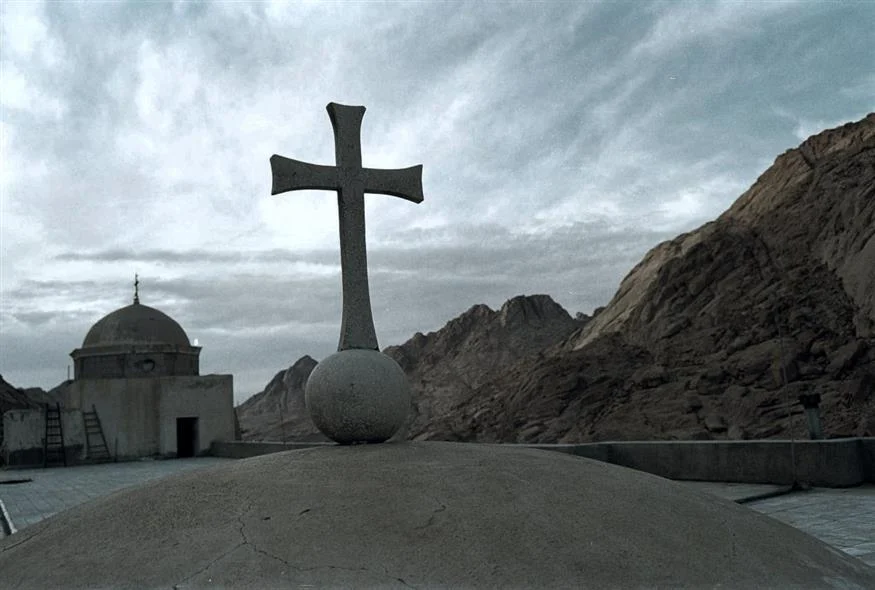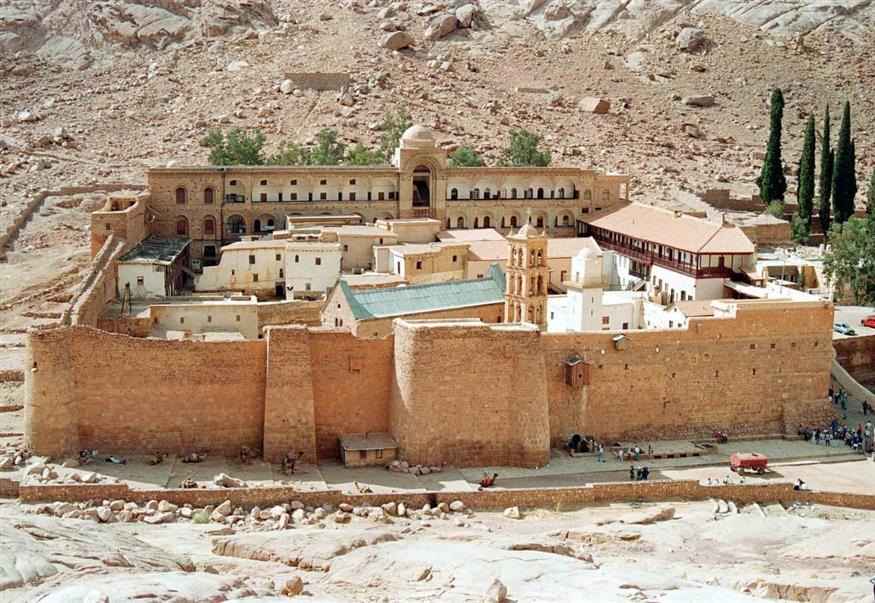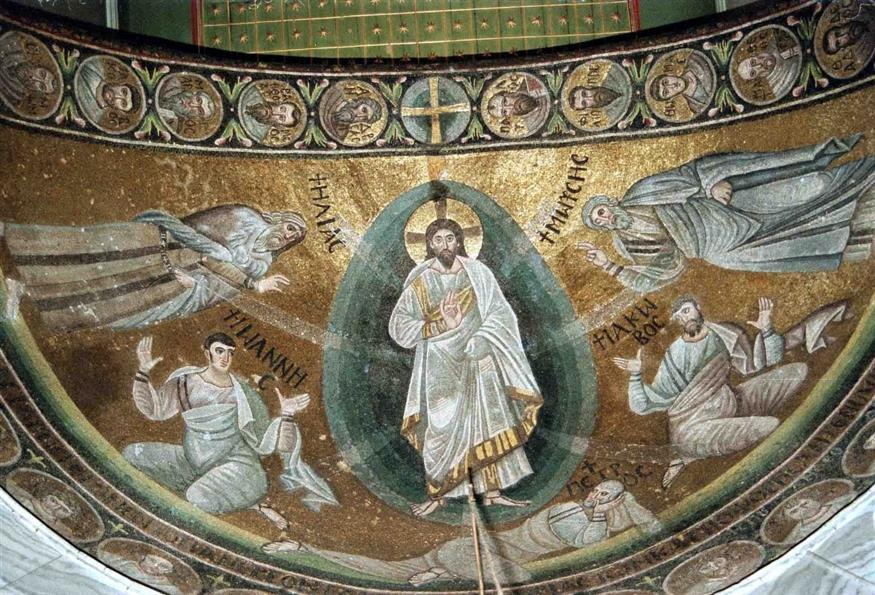The Monastery of Saint Catherine, located at the foot of Mount Sinai in Egypt, stands as a testament to centuries of religious history and interfaith significance. Established between 548 and 565 AD by Byzantine Emperor Justinian I, it is the world's oldest continuously operating Christian monastery. This sacred site holds profound importance for Christianity, Islam, and Judaism, intertwining their histories and beliefs.
A Historical and Spiritual Nexus
According to biblical tradition, Mount Sinai is where Moses encountered the burning bush, a pivotal moment in the Abrahamic faiths. The monastery was constructed around the site of this miraculous event, believed to be the location of the biblical burning bush. The presence of the bush within the monastery grounds is a focal point for pilgrims of all three faiths.
Over time, the monastery's significance expanded. Legend holds that the relics of Saint Catherine of Alexandria were miraculously transported to the monastery, enhancing its status as a Christian pilgrimage destination. In Islam, the monastery is also revered, with traditions stating that Prophet Muhammad granted protection to the monks through a document known as the "Āshtinameh," which is preserved within the monastery. Additionally, a mosque was constructed within the monastery walls, symbolizing the site's interfaith harmony.
Cultural and Religious Heritage
The monastery's library houses one of the world's most significant collections of early Christian manuscripts and icons, including the Codex Sinaiticus. Its architectural design reflects Byzantine traditions, with fortifications added in the 6th century to protect the monastic community. Despite challenges over the centuries, including invasions and natural disasters, the monastery has maintained its religious functions uninterrupted.
Recent Developments
In recent years, the monastery has faced legal and administrative challenges. A court ruling in May 2025 ordered the eviction of Orthodox monks from certain lands associated with the monastery, raising concerns about its future. However, diplomatic discussions between Egypt and Greece have affirmed the commitment to preserving the monastery's legal and spiritual status. Both nations have expressed their dedication to safeguarding this unique religious and cultural heritage.
Conclusion
The Monastery of Saint Catherine stands as a beacon of interfaith reverence and historical continuity. Its enduring presence at the crossroads of three major world religions underscores the shared spiritual heritage that transcends individual faiths. As discussions continue regarding its future, the commitment to preserving this sacred site reflects a collective recognition of its universal significance









